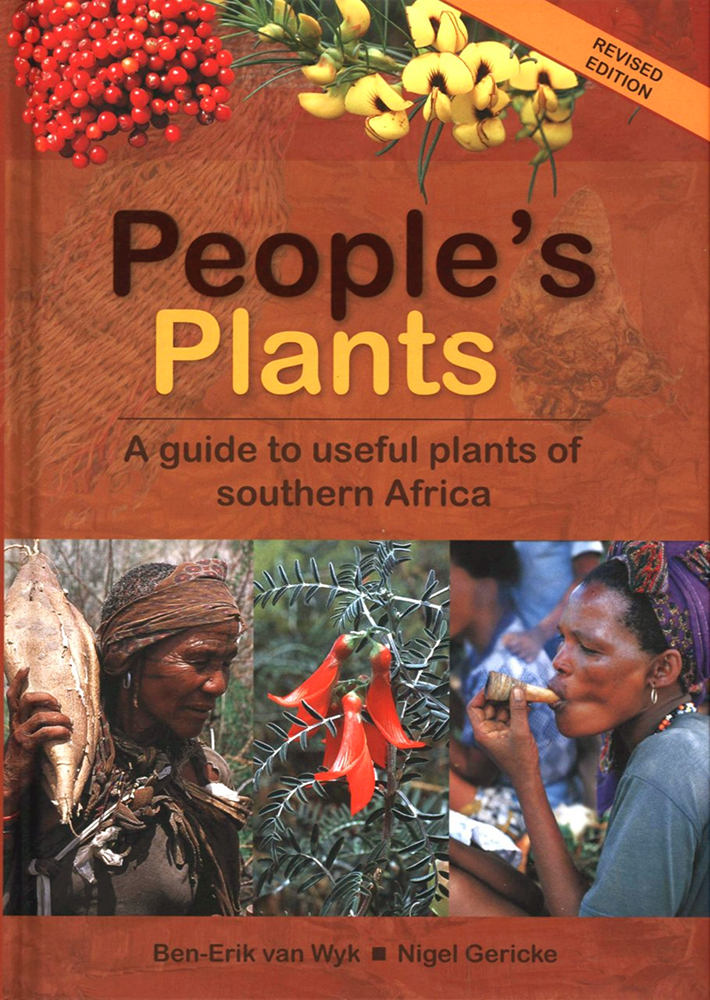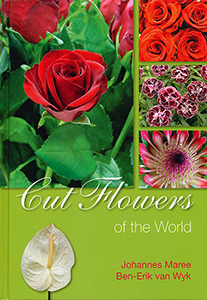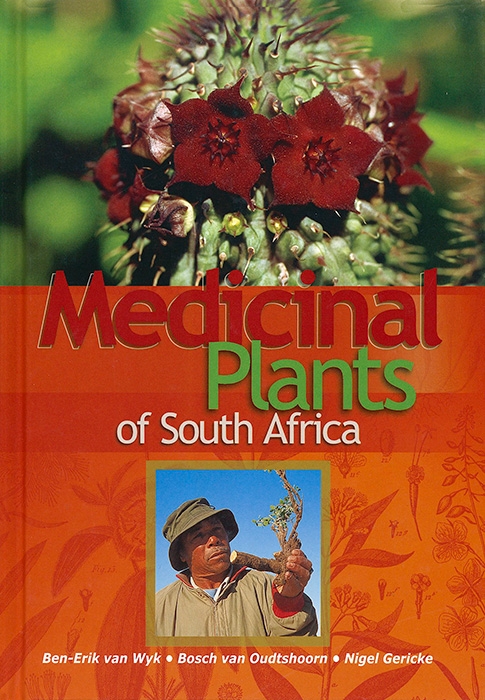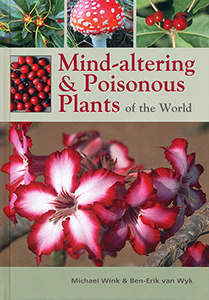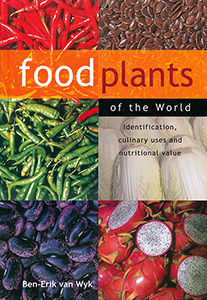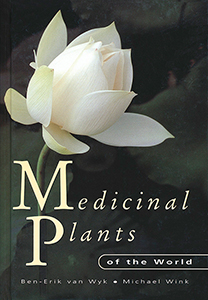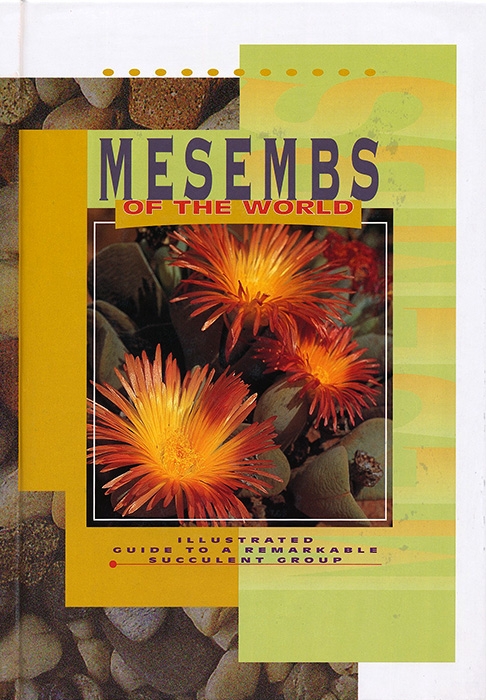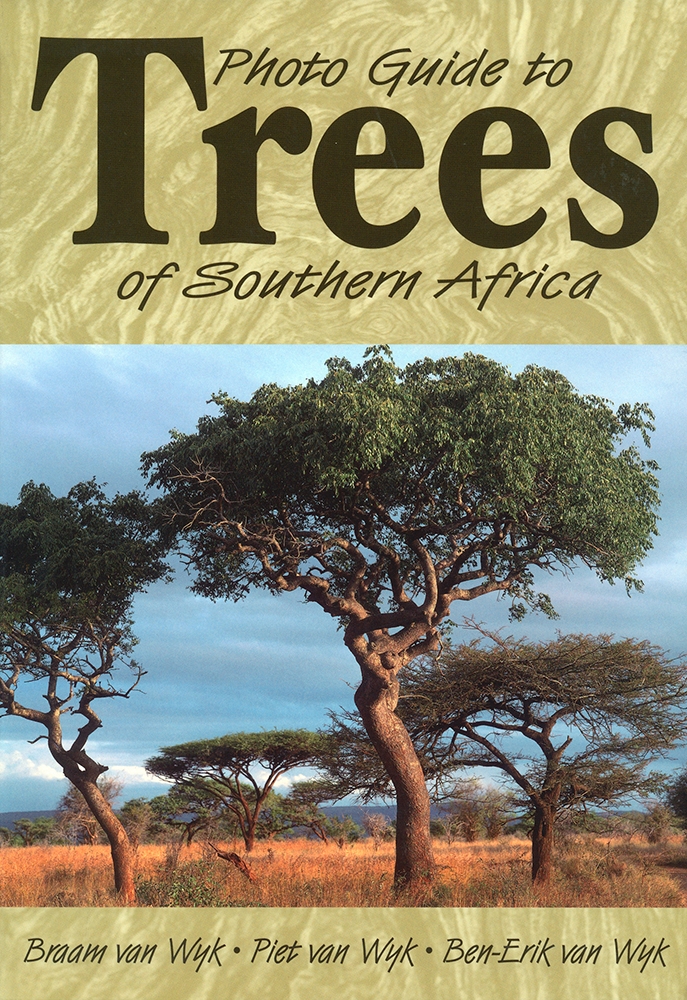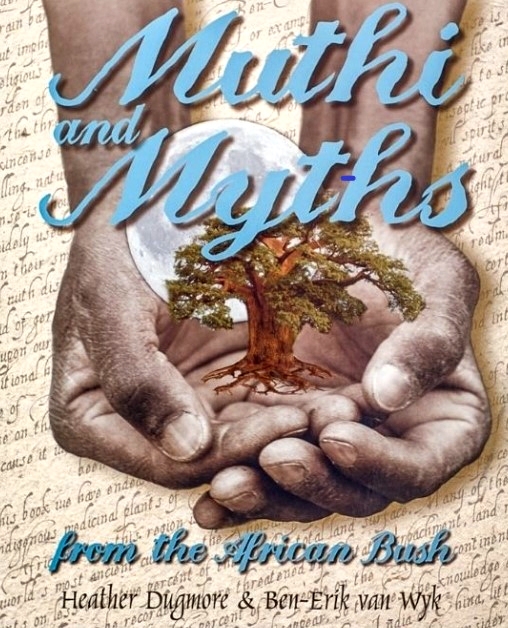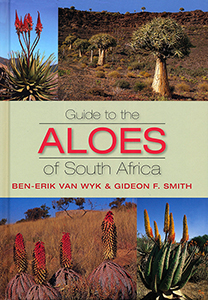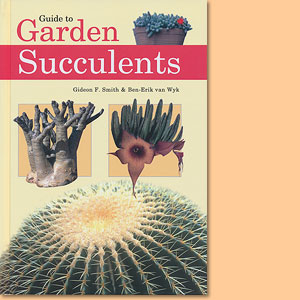Food Plants of the World, by Ben-Erik van Wyk
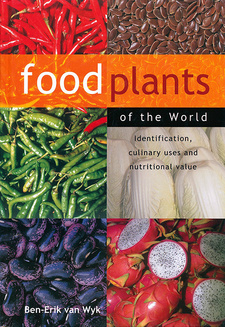
Food Plants of the World, by Ben-Erik van Wyk. Briza Publications. Pretoria, South Africa 2005. ISBN 9781875093564 / ISBN 978-1-875093-56-4
Prof. Dr. Ben-Erik van Wyk wishes to provide all food enthusiasts with informative answers to questions and is intended as a convenient guide to the most relevant facts about food plants and their various uses around the world. His book, Food plants of the world, is all about identification, culinary uses and nutritional value.
As was the case with the companion volume Medicinal plants of the world, this book is aimed at giving the reader a broad overview in a compact, colourful and scientifically accurate reference text, in this case, for all or most of the commercially important food and flavour plants of the world. Each of the 354 plants and their close relatives are treated briefly, giving relevant facts about the plant, its origin and history, the parts that are used, where and how it is cultivated, its main culinary uses and nutritional value. The plants are listed alphabetically by their scientific names but the common names are given in several languages. To make the book more useful to non-botanists, the introductory pages give lists of common names for the plants in each of various categories (cereals, pulses or legumes, nuts and seeds, fruits, vegetables, culinary herbs, sugar plants, beverage plants and spices), with a cross-reference to their scientific names. An overview of the various classes of nutrients found in plants and their relevance to health and diet is also provided, together with a glossary of terms and a list of critical references for suggested further reading. The comprehensive index will hopefully help the reader to quickly find any plant or information of interest. Plants included in this book are those that will typically be encountered in fresh produce markets and restaurants in various parts of the world. This is not a book on all edible plants, as a comprehensive list alone will require hundreds of pages. There are many plants that are edible and that are occasionally used by rural people but the main emphasis here is on commercially important plants that are regularly cultivated or wild-harvested and traded. The use of plants for food and flavour is a dynamic and ever-changing activity - new food sources are constantly being found. Hitherto obscure plants may suddenly become well known through active marketing, or new ones are developed by plant breeding and crop development while others go out of fashion. Equally dynamic is the naming of plants - the same plant may have several names or new names may be invented for commercial reasons. An interesting example is the common name for Camellia sinensis, best known as tea in the English-speaking world but also by the original chai in many parts of the world, including China, Russia and Africa. As a result, the common names listed under each plant may be open to criticism and correction. I would greatly appreciate any suggestions or offers of high quality photographs to improve future editions. People have become more adventurous in their eating habits and are nowadays exploring new cooking styles, both in the home kitchen and in speciality restaurants. Exotic foods, once restricted to particular countries and cultures, are now spreading to remote corners of the earth on an unprecedented scale. The popularity of food and cooking is also evident in the numerous books and magazines (and even television channels) devoted to this important topic. Professional and amateur chefs are confronted with an ever-increasing diversity of food items (unusual vegetables, fruits, spices and beverages). Ingredients from China, India, Indonesia, Malaysia, Africa and South America are becoming widely available and are listed as essential ingredients in recipe books. Most people are curious about what they are eating and will hopefully find this a user-friendly guide that includes essential information about all the major food and flavour plants of the world.
This is an excerpt from the book: Food Plants of the World, by Ben-Erik van Wyk.
Title: Food Plants of the World
Subtitle: Identification, culinary uses and nutritional value
Author: Ben-Erik van Wyk
Publisher: Briza Publications
Pretoria, South Africa 2005
ISBN 9781875093564 / ISBN 978-1-875093-56-4
Hardcover, 17 x 24 cm, 480 pages, 1000 colour photographs
van Wyk, Ben-Erik im Namibiana-Buchangebot
People’s Plants: A Guide to Useful Plants of Southern Africa
In People’s Plants: A Guide to Useful Plants of Southern Africa traditional and contemporary uses of more than 700 plants are described and illustrated.
Cut flowers of the world
Cut Flowers of the World describes and illustrates more than 330 different species of commercially important flowers, foliages and potted flowers.
Medicinal plants of South Africa
Medicinal plants are an important aspect of the daily lives of many people and an important part of the South African cultural heritage.
Mind-altering and poisonous plants of the world
This book introduces to the better known poisonous and mind-altering plants of the world.
Food plants of the world
Food Plants of the World is a comprehensive overview of the plants that provide us with food, beverages, spices and flavours.
Medicinal plants of the world
Medicinal Plants of the World is a comprehensive and scientifically accurate guide to the best-known and most important medicinal plants, including those of special commercial or historical interest.
Mesembs of the world
This is a well-illustrated, easy-to-read guide of all the 123 mesembs genera that are currently recognised worldwide.
Photo Guide to Trees of Southern Africa
Photo Guide to Trees of Southern Africa is an invaluable identification and reference guide to 300 of the more common tree species.
Muthi and Myths from the African Bush
52 compelling tales that lead on a journey of discovery of African plant mythology and its associated healing practices
Guide to the Aloes of South Africa
A wonderful guide to all 155 species aloes found in the South African field and in gardens.
Guide to Garden Succulents
Scientifically accurate photographic guide for gardeners and horticulturalist to easily identify commonly used species of succulents

